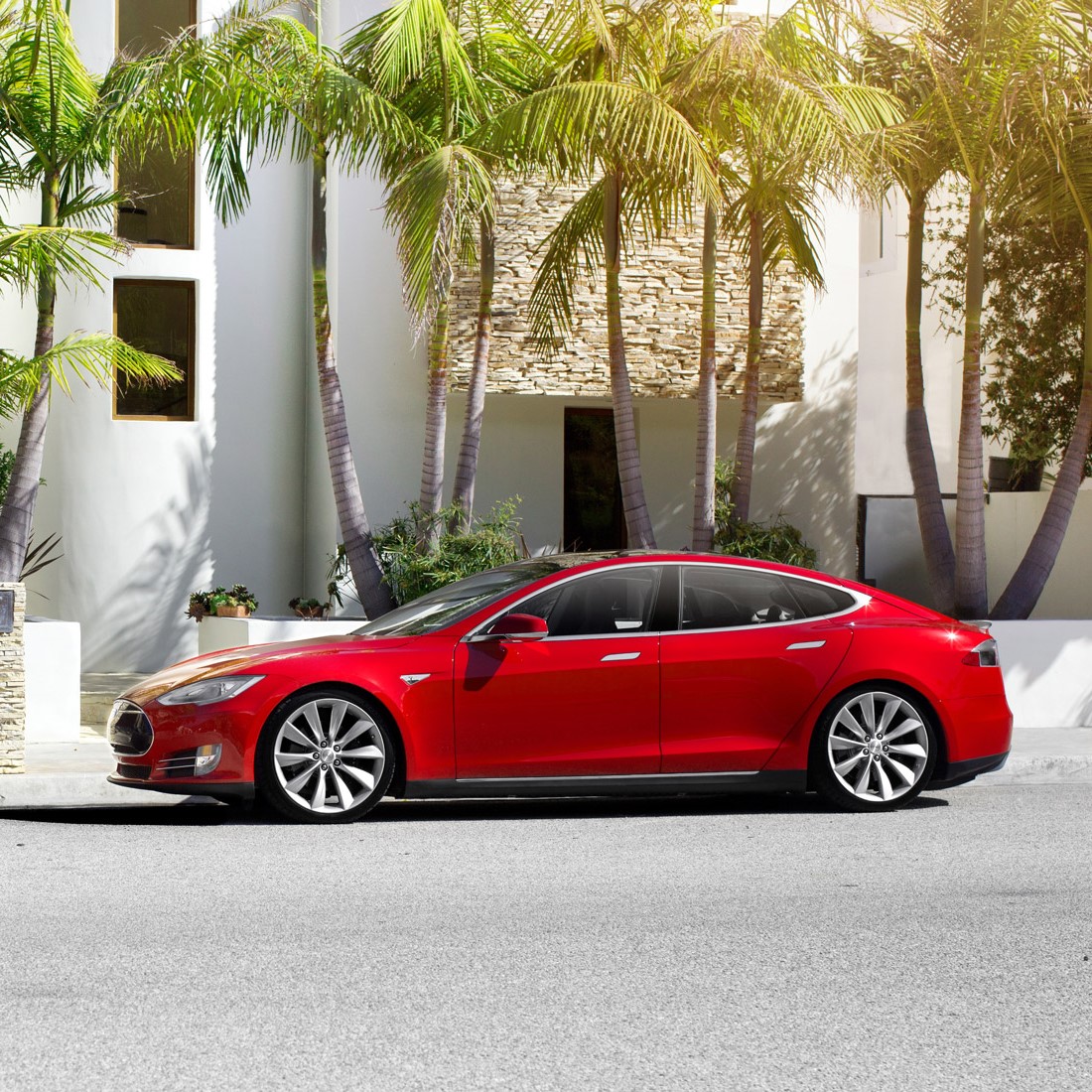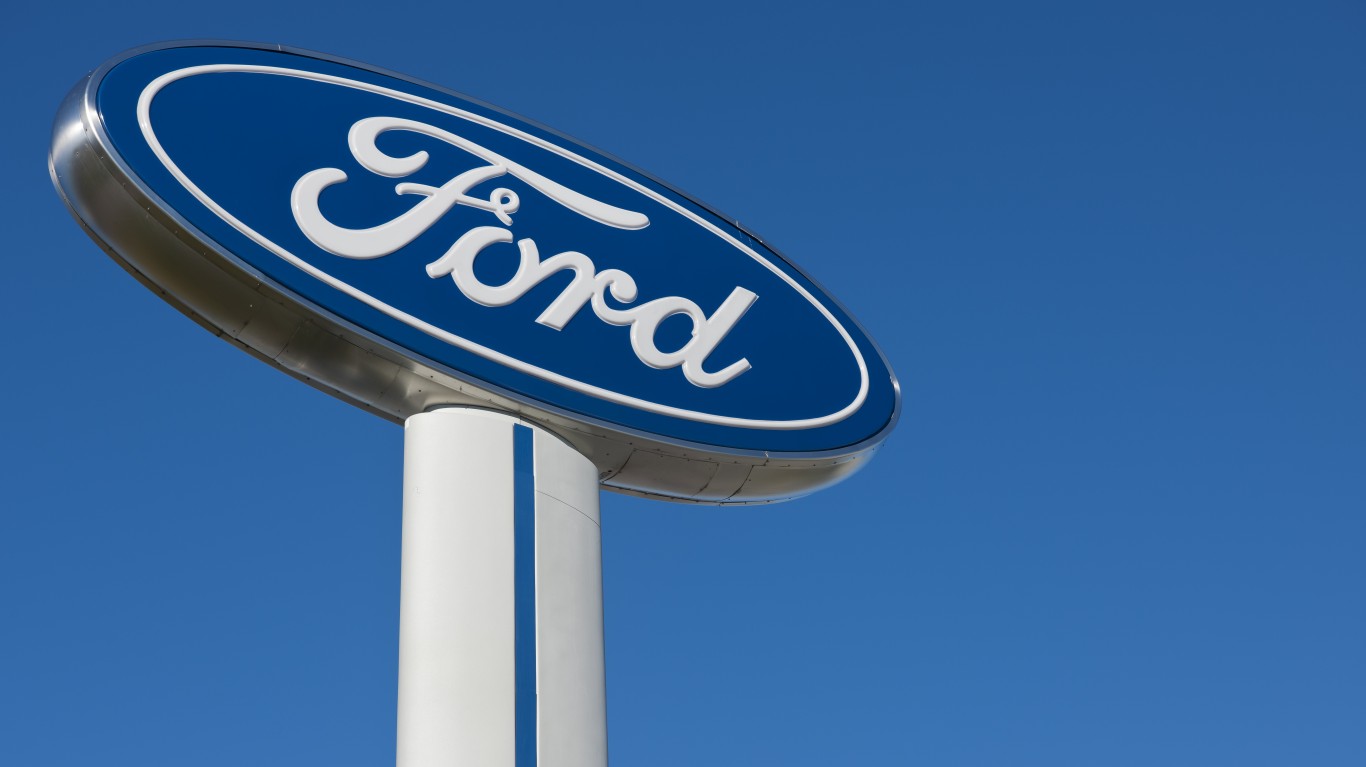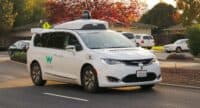
When shopping for a new car, one metric that savvy buyers keep in mind is the total cost of ownership (TCO) of the car over the number of years of ownership. Included in the TCO are the purchase price, fuel and maintenance costs, and insurance costs. Tesla Inc. (NASDAQ: TSLA) and other sellers of electric cars also get to subtract any government incentive payments from the car’s TCO.
Tesla got some bad news Monday morning when AAA said it may raise insurance premiums on the company’s Model S and Model X models by as much as 30%, according to a report at Automotive News. AAA said that higher-than-average claim rates and repair costs are the culprits.
Tesla disputed AAA’s argument and a company spokesperson told Automotive News, “This analysis is severely flawed and is not reflective of reality.”
In January, NerdWallet posted a report on the cost of owning a Tesla Model S sedan or Model X SUV. A Model S lists for between $68,000 and $138,800, depending primarily on battery size and performance enhancements.
From that cost, owners can deduct a federal tax credit of $7,500, and additional state-level credits and incentives can reduce the cost even more.
Compared to a BMW 7 Series 740i, fuel cost savings, including the cost of electricity to charge up the Tesla, amount to around $900 a year.
Insurance rates for the Model S 60 (the lowest-priced Tesla) ran from a low of $1,635 a year to California residents through USAA to a high of $2,406 from Allstate. AAA was not included in the comparison, but based on a midpoint of that range of around $2,000, a 30% boost would put the new annual rate at $2,600.
Tesla’s issue with the AAA rating change is based on the vehicles’ classification as large luxury vehicles. Luxury vehicles are more expensive to insure, according to the Highway Loss Data Institute (HLDI), because they are involved in more collisions (13% more) and cost more to repair (about 50% more). The HLDI noted that claims on the Tesla Model X were 41% above average and the costs of those claims were 89% above average.
Are You Ahead, or Behind on Retirement?
If you’re one of the over 4 Million Americans set to retire this year, you may want to pay attention. Many people have worked their whole lives preparing to retire without ever knowing the answer to the most important question: am I ahead, or behind on my goals?
Don’t make the same mistake. It’s an easy question to answer. A quick conversation with a financial advisor can help you unpack your savings, spending, and goals for your money. With Zoe Financial’s free matching tool, you can connect with trusted financial advisors in minutes.
Why wait? Click here to get started today!
Thank you for reading! Have some feedback for us?
Contact the 24/7 Wall St. editorial team.




